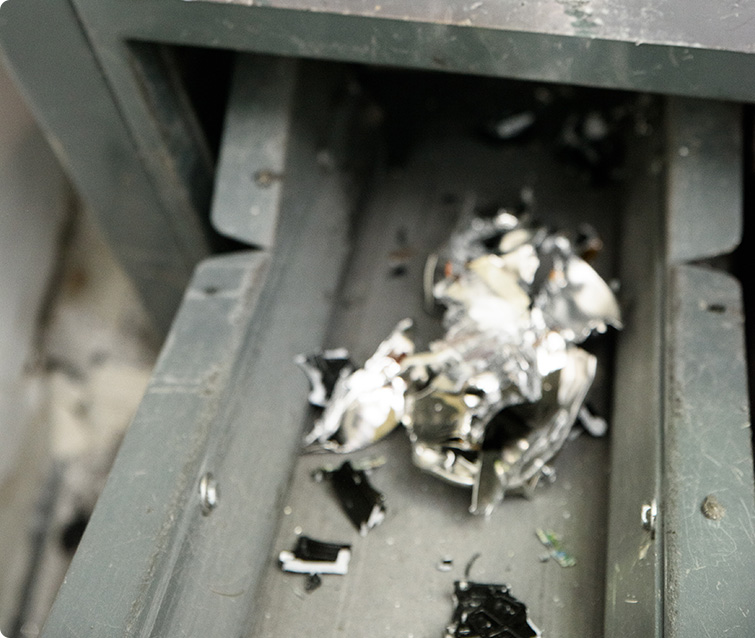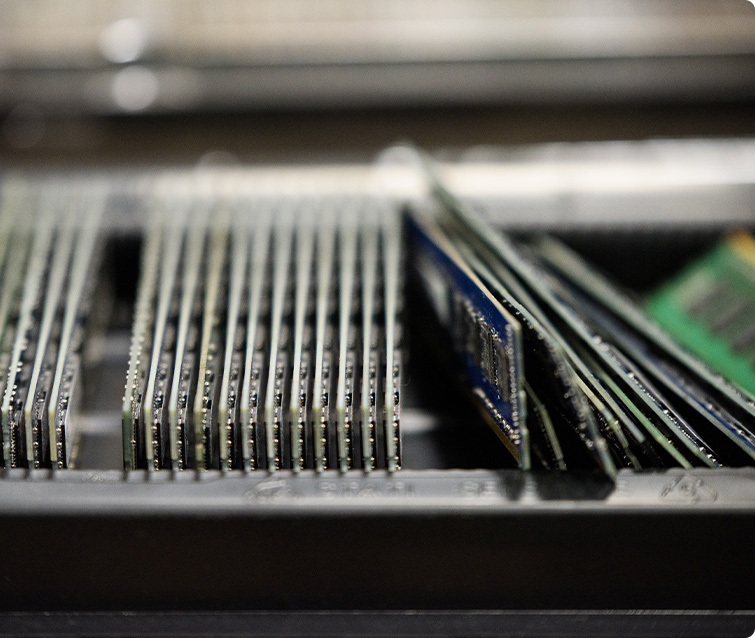ISO/IEC 27001 Compliant Recycling and Data Destruction: CyberCrunch's Commitment to Secure and Responsible IT Asset Disposal
ISO/IEC 27001 is a globally recognized standard for information security management that provides a systematic approach to managing sensitive information and ensuring its secure disposal. In today's digital age, where data breaches are increasingly common, it is crucial for organizations to adhere to these standards. This article will delve into the importance of ISO/IEC 27001 compliant recycling and data destruction, and how CyberCrunch, an ISO/IEC 27001 compliant organization, ensures secure and responsible IT asset disposal.Understanding ISO/IEC 27001 and its Importance
ISO/IEC 27001 is an international standard that provides a framework for establishing, implementing, maintaining, and continually improving an Information Security Management System (ISMS). The standard outlines a risk management process and gives organizations the freedom to choose the security controls that are most suitable for their specific needs.
When it comes to data disposal and IT asset recycling, ISO/IEC 27001 plays a pivotal role. It ensures that the correct security processes are in place when disposing of IT assets and data. To ensure compliance, companies should choose a data disposal service that securely destroys data beyond recovery, adheres to both the Asset Disposal and Information Security Alliance (ADISA) certification and the ISO 27001 standard, and provides a Certificate of Destruction. CyberCrunch, being ISO/IEC 27001 compliant, meets all these requirements, providing secure and responsible IT asset disposal.

The ISO 27001 Requirements for Data and Asset Disposal
The ISO 27001 requirements for the disposal and destruction of data and assets are comprehensive. They include having a disposal and destruction policy covering all data and assets, specifying methods for disposal and destruction, and determining criteria for when data and assets should be disposed of. The policy should be regularly reviewed and revised.
The standard also provides guidelines for securely erasing data when it is no longer needed and ensuring that the method used is appropriate for the type of storage media. A disposal and destruction policy should include defining the scope, records for disposal and destruction, an asset register, an asset disposal form, assigning responsibilities, selecting appropriate disposal methods, and verification of data removal. At CyberCrunch, we adhere to all these requirements, ensuring secure and compliant data and asset disposal.
CyberCrunch's ISO/IEC 27001 Compliant Data Destruction
CyberCrunch ensures that all data destruction processes are ISO/IEC 27001 compliant. This means that we have implemented the necessary security controls and processes to protect sensitive information during the disposal process. Our secure facility, where the data destruction takes place, has access controls and surveillance systems in place to prevent unauthorized access.
One of the key aspects of ISO/IEC 27001-compliant data destruction is the use of secure data erasure methods. These methods should align with industry best practices and ensure that the data is completely destroyed and cannot be recovered. Some common data destruction methods include degaussing, physical destruction, and secure data wiping. CyberCrunch utilizes all these methods, ensuring complete and secure data destruction.
ISO/IEC 27001 Compliant Recycling at CyberCrunch
In addition to secure data destruction, ISO/IEC 27001 compliant recycling is also an important aspect of the disposal process. This involves the responsible disposal of IT assets, such as computers, servers, and other electronic devices, in an environmentally friendly manner. Recycling partners should have a thorough understanding of the various regulations and guidelines governing the disposal of electronic waste and should be able to provide documentation proving their compliance with these regulations. At CyberCrunch, we ensure that all IT assets are responsiblydisposed of in compliance with ISO/IEC 27001 standards and other relevant regulations.

